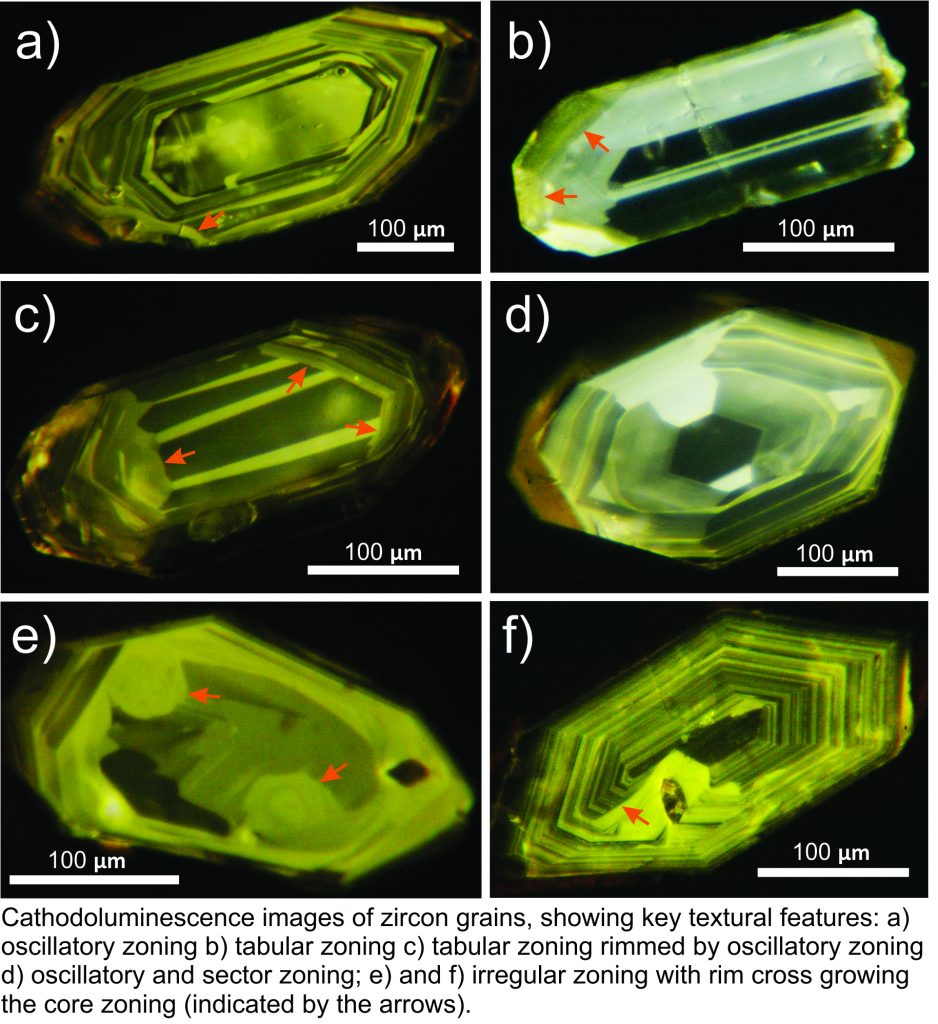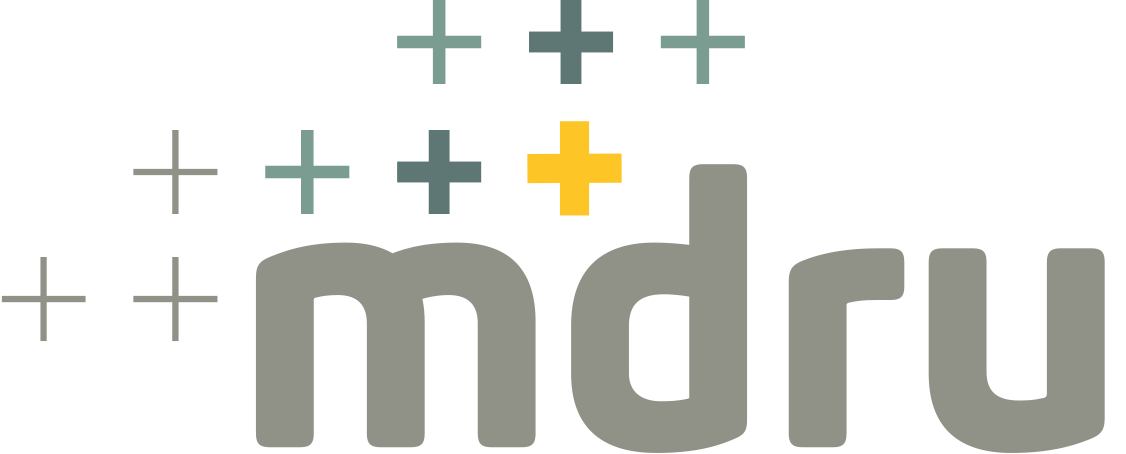Project Information
- Ore Deposit: Porphyry
- Commodity: Copper, Gold, Molybdenum
- Research Themes: Copper, Exploration Methods
- Location: British Columbia
- Project Status: Active, Completed
- Start Date: 2016
Zircons are a useful tool for distinguishing metal-fertile from barren plutons and provide clues to those exploring for porphyry copper deposits, particularly in British Columbia where many porphyry systems occur within or proximal to the edges of large batholiths. This project will evaluate zircons as an exploration tool that utilizes the textures and geochemistry of zircon grains to assess the fertility of some key plutons and batholiths in BC, for their potential to host/generate porphyry copper deposits.
Zircons are an essential tool for evaluating the potential for magmatic-hydrothermal Cu±Au mineralization because they record intrinsic melt characteristics (i.e., oxidation state) as well as magmatic processes. This project will develop an exploration tool that will utilize the textures and geochemistry of zircon grains to evaluate the fertility of British Columbia’s plutons and batholiths for hosting/generating porphyry copper deposits. The project aims to establish that zircon trace-element geochemistry can be combined with other modern high-resolution analytical techniques and geochronology in a practical, cost-effective manner to define discrete Cu-fertile porphyry epochs, and to differentiate those from periods or districts containing unfertile magmas.

To establish this new application and assure that it can be practically applied, the following objectives are identified:
- Document barren and Cu-fertile porphyry intrusive suites in British Columbia using integration of zircon U-Pb geochronology with zircon geochemistry. This will enable us to build on already available data and use the geochronological framework previously established in this area;
- Establish and optimize zircon geochemistry vectors that discriminate barren from Cu-mineralized porphyry systems. This will define several discrimination rules based on oxidation state, heat and sulfur variation etc.;
- Investigate the relationship between zircon composition and size of the porphyry mineralization; and,
- Establish a toolkit for assessing porphyry fertility of BC intrusive rocks for exploration.
This project is supported by Geoscience BC,
Publications
Bouzari, F. and Hart, C.J.R. (2019): Assessing British Columbia porphyry fertility using zircons; in Geoscience BC Summary of Activities 2018: Minerals and Mining, Geoscience BC, Report 2019-1. http://cdn.geosciencebc.com/pdf/SummaryofActivities2018/MM/2016-032_SoA2018_MM_Bouzari.pdf
Contact Farhad Bouzari for more information.



